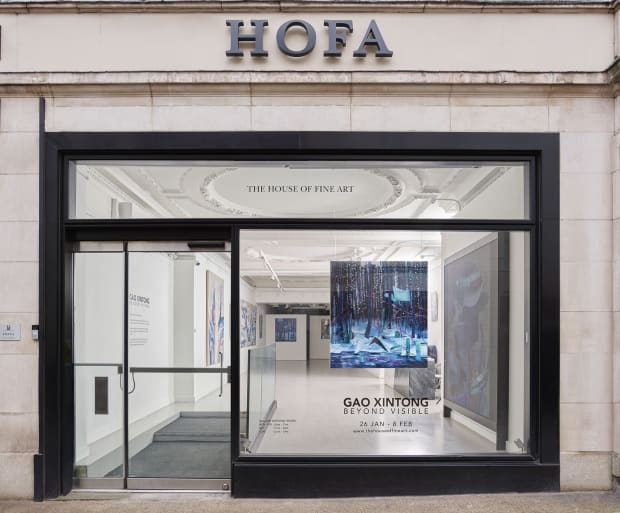The Kreation App uses AI sensors to monitor interaction of viewers at exhibitions & art fairs for enhanced data andalytics and trends.


Between the 16th of May and the 22nd, three sensors were installed at 6.5 meters in the main hall of the Philips Building, Digital Art Award’s exhibition space. The goal was to monitor the flow of people and dwell time anonymously.
Sensors were placed to track movement across three key regions: main entrance, south side behind a wall, and north side near a low-ceiling dance installation. Despite the height limitation, visitor data was effectively captured to show footfall, area popularity, and behavioral patterns. Heatmaps showed highest dwell near specific artworks with a total relative dwell time index of 856. The South side received about 20% of the flow, while the North accounted for 15%.

Anonymised line crossing data showed significant movement patterns, especially on opening day. Visitor engagement was strongest in the South region, with 1.5–2x more traffic compared to the North. Daily entrance counts ranged from 116 to 332 visitors. Overall, the sensor array allowed for a real-time and post-event analysis of space usage, supporting curation, layout optimisation and audience behavior insights.
The heatmap illustrates the flow analysis of visitor movement during the Digital Art Awards Exhibition in the Phillips Building over one week, based on data from people counters. It highlights areas with the highest foot traffic in red, indicating where visitors most frequently passed through, while cooler colours (blue/green) show less trafficked zones. Key pathways and congregation points are visible, with denser lines representing primary walking routes, revealing visitor behavior and spatial usage patterns within the gallery.

In July 2024, EMTN installed its AI Spatial and Environmental Sensors at Scorpios Mykonos around the generative artwork 'Tree of Life' by Joseph Klibansky. The sensors monitored people’s dwell time, flow, and atmospheric data such as temperature, humidity, CO2, luminosity, and wind levels. Sensors were embedded directly on top of the artwork, capturing real-time and post-event interaction metrics. GDPR-compliant tracking enabled movement analysis without personal identifiers.
Heatmaps and sensor logs showed key engagement zones around the artwork. Environmental sensors revealed strong variations based on time of day and visitor density. All data was stored on-chain and utilised for post-event analysis. This deployment helped in evaluating interactive and ambient influences on viewer engagement and provided valuable insights into immersive art setups in open-air conditions.

At Art Central 2025, EMTN installed its full suite of DePIN sensors at the HOFA booth and key installations to track real-time visitor flow and dwell time around immersive digital and physical artworks. A total of four spatial sensors were mounted at strategic points including the main entrance, gallery corridor, and two feature installations. Environmental sensors measured noise levels, CO2, and ambient light to enhance understanding of space performance.
This year over 100 galleries exhibited, featuring over 500 artists from 45 different countries. There were approximately 43,000 visitors this year and, over the course of five days, more than 18,000 data points were collected. Peak engagement occurred during afternoon hours. Heatmap visualisations revealed strong draw around the interactive LED wall and sound-reactive sculpture. Environmental data correlated higher humidity and CO2 buildup with longer dwell times. These insights were shared with curators and sponsors for layout and operational planning.

In August 2024, EMTN sensors were installed across Digital Gallery Award’’s London space during a digital-physical group show. Three spatial AI sensors and two environmental trackers were installed to analyse people movement, heat, sound and light levels across three exhibition zones. Sensor placement allowed seamless monitoring of engagement without infringing visitor privacy.
The system recorded over 7,000 movement-based events and 4,000 dwell moments over the week-long exhibit. Heatmaps illustrated that the central holographic installation drew the most attention, while light fluctuations in the east wing impacted visit duration. Data was used to provide artists with real-time viewer feedback and optimise gallery staffing during peak hours.
KREATION
11 BRUTON STREET
LONDON
W1J6PY
This website uses cookies
This site uses cookies to help make it more useful to you. Please contact us to find out more about our Cookie Policy.